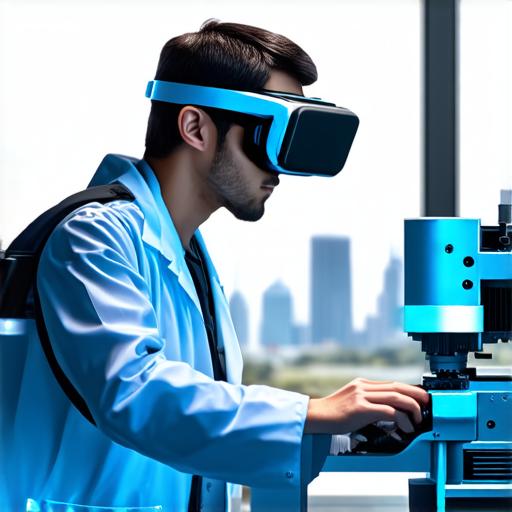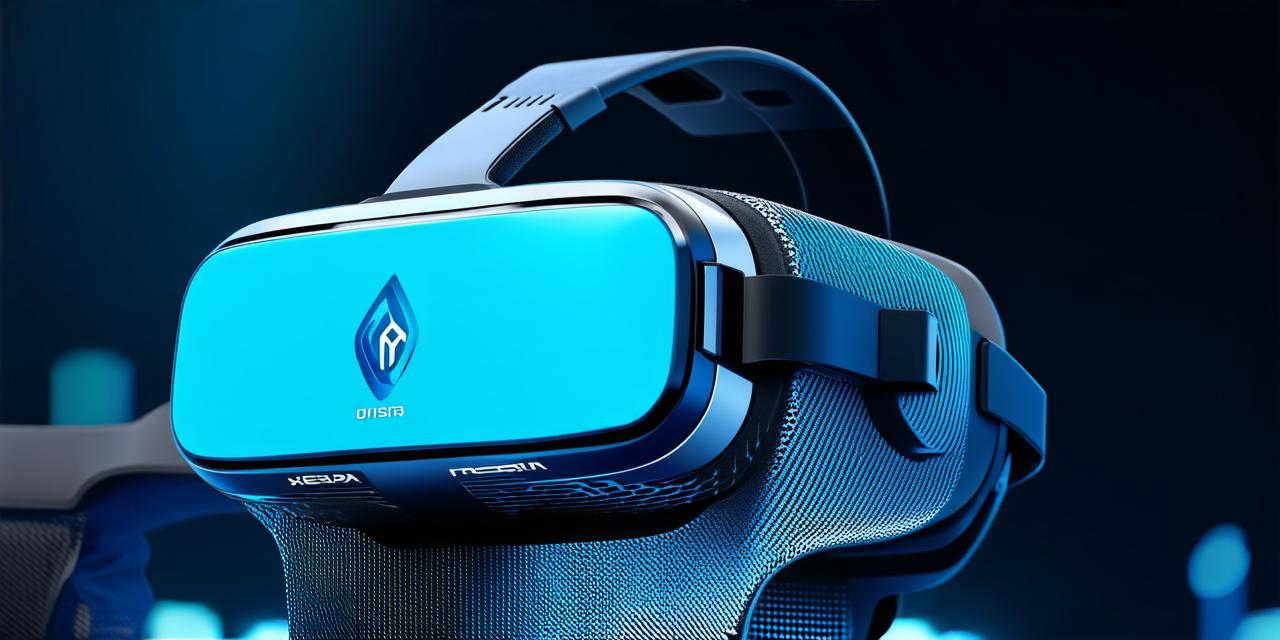<!DOCTYPE html>
1. Virtual Prototyping
Virtual prototyping allows developers to create a virtual version of a product before it is built in the real world. This process enables businesses to test multiple design concepts and iterate quickly, saving time and resources. By using virtual reality technology, developers can create highly detailed prototypes that closely resemble the final product, allowing them to identify potential issues early in the development cycle.
2. Virtual Testing

Virtual testing involves using VR technology to simulate real-world scenarios and test products in a controlled environment. This approach allows businesses to evaluate how their products will perform in different settings and identify any potential issues that may arise during production or use. For example, automotive companies can use virtual reality simulations to test the durability of car parts under extreme temperatures or weather conditions, reducing the need for physical testing and saving time and money.
3. Virtual Training
Virtual training allows businesses to provide employees with hands-on experience in a safe and controlled environment. This approach enables workers to learn new skills and gain valuable knowledge without risking injury or damage to equipment. For example, healthcare providers can use virtual reality simulations to train surgeons on complex procedures, reducing the likelihood of mistakes and improving patient outcomes.
4. Virtual Collaboration
Virtual collaboration allows teams to work together seamlessly from different locations, using VR technology to communicate and share ideas in real-time. This approach enables businesses to bring together experts from different fields and locations, accelerating the product development process and fostering innovation. For example, architects can use virtual reality technology to collaborate with engineers and construction companies to design buildings that are both functional and visually appealing.
5. Virtual Marketing
Virtual marketing involves using VR technology to create immersive experiences that engage customers and promote products. This approach allows businesses to showcase their products in a unique and memorable way, generating interest and driving sales. For example, fashion brands can use virtual reality technology to allow customers to try on clothes virtually, providing them with a more personalized shopping experience.
Case Studies:
1. IKEA – Virtual Room Planning
IKEA is a furniture retailer that has successfully implemented virtual reality technology to enhance the customer experience. The company’s “Virtual Room Planning” feature allows customers to visualize how different pieces of furniture will look in their homes before making a purchase. This approach has led to increased sales and customer satisfaction, as well as reduced returns due to incorrect purchases.
2. Audi – Virtual Showroom
Audi is an automotive manufacturer that has created a virtual showroom using VR technology. The showroom allows customers to explore different models of cars in a 360-degree environment, providing them with a more immersive and memorable experience than traditional showrooms. This approach has led to increased sales and customer loyalty, as well as reduced costs associated with maintaining physical showrooms.
3. Johnson & Johnson – Virtual Surgery Training
Johnson & Johnson is a healthcare provider that uses virtual reality technology for surgical training. The company’s “Virtual Reality Surgical Simulator” allows surgeons to practice complex procedures in a controlled environment, reducing the likelihood of mistakes and improving patient outcomes.
FAQs:
1. What is virtual prototyping?
Virtual prototyping involves creating a virtual version of a product before it is built in the real world using VR technology. This process enables businesses to test multiple design concepts and iterate quickly, saving time and resources.
2. What is virtual testing?
Virtual testing involves using VR technology to simulate real-world scenarios and test products in a controlled environment. This approach allows businesses to evaluate how their products will perform in different settings and identify any potential issues that may arise during production or use.
3. What is virtual collaboration?
Virtual collaboration involves using VR technology to enable teams to work together seamlessly from different locations, using VR technology to communicate and share ideas in real-time. This approach enables businesses to bring together experts from different fields and locations, accelerating the product development process and fostering innovation.
4. What is virtual marketing?
Virtual marketing involves using VR technology to create immersive experiences that engage customers and promote products. This approach allows businesses to showcase their products in a unique and memorable way, generating interest and driving sales.
5. How does virtual prototyping save time and resources?
Virtual prototyping enables businesses to test multiple design concepts and iterate quickly, reducing the time and resources needed for physical prototyping and testing. This approach also reduces the risk of errors and allows for more accurate testing, leading to faster product development and reduced costs.
